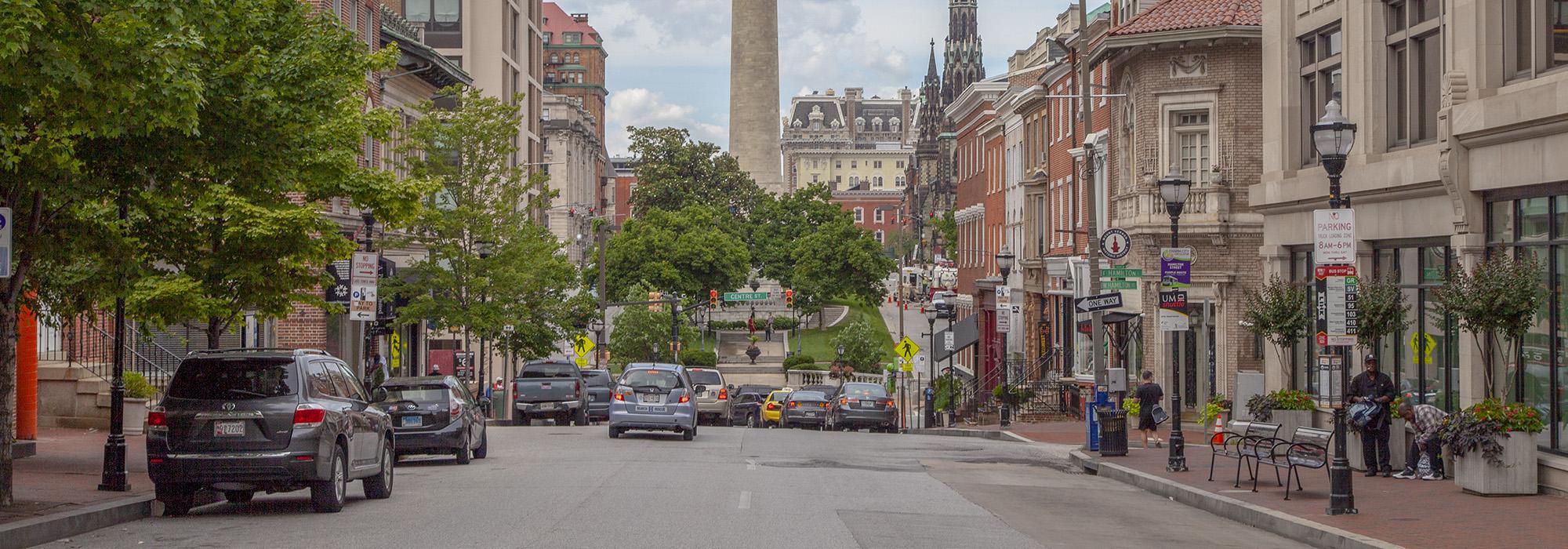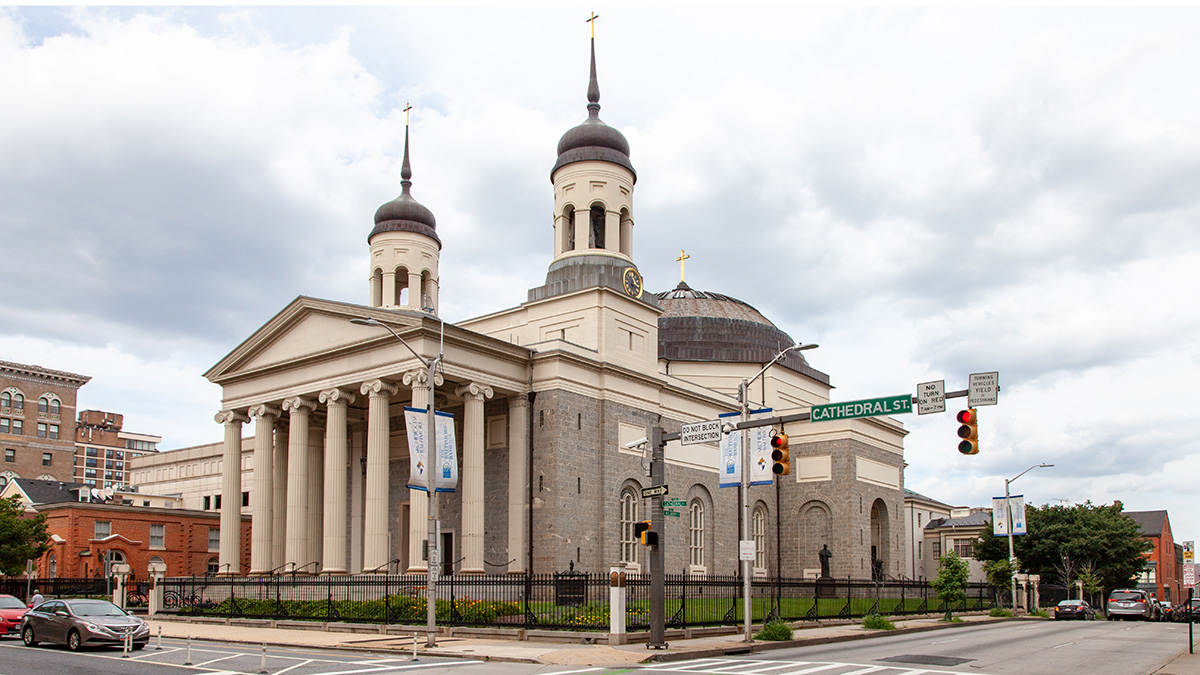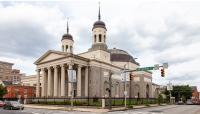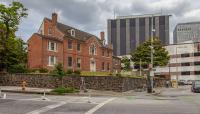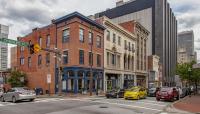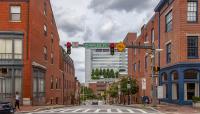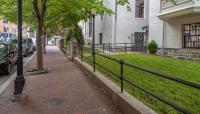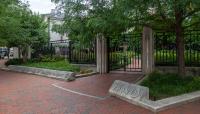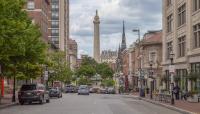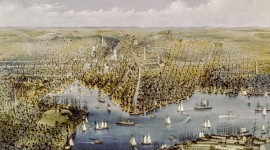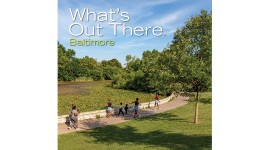Landscape Information
Significant to the city’s religious and social history, this historic district in downtown Baltimore has its origins in the construction of the Catholic Minor Basilica of the Assumption of the Blessed Virgin Mary, built on the estate of Revolutionary War veteran John Eager Howard. Following the commencement of the cathedral’s construction in 1806, individual house lots on what is now 300 North Charles Street began to be purchased from the estate. By the 1820s these homes were replaced with row houses that filled up Charles and surrounding cross streets. The death of Howard in 1827 resulted in the further division of his estate and the district’s expansion north of Franklin Square. Following the Civil War, the district became commercialized as many homes were transformed into multi-use buildings. The fire of 1904 brought significant changes to Cathedral Hill, as businesses resettled along North Charles Street and the surrounding area, heralding a wave of development that included the construction of many new buildings. The district’s last significant structure was built in 1940.
The Cathedral Hill Historic District comprises an area of approximately ten square blocks laid out on a grid plan and bounded by Hamilton Street on the north, St. Paul Place on the east, Saratoga Street on the south, and Park Avenue on the west. The entire district is situated on a gradual incline that begins near the inner harbor and crests north near the site of the Cathedral. The area consists of 106 structures, including, row houses, office buildings, and four large churches. The churches are among the city’s most historically important religious structures and were designed by nationally recognized architects, including Benjamin Latrobe (the Basilica of the Assumption) and Richard Upjohn (Old St. Paul's Episcopal Church). The contributing buildings, primarily made of brick and stone, are frequently fronted by brick-paved sidewalks and reflect nearly a century of architectural design, with styles including Georgian Federal Style, Greek Revival, Beaux-Arts, and Art Deco. The district was listed in the National Register of Historic Places in 1987.



